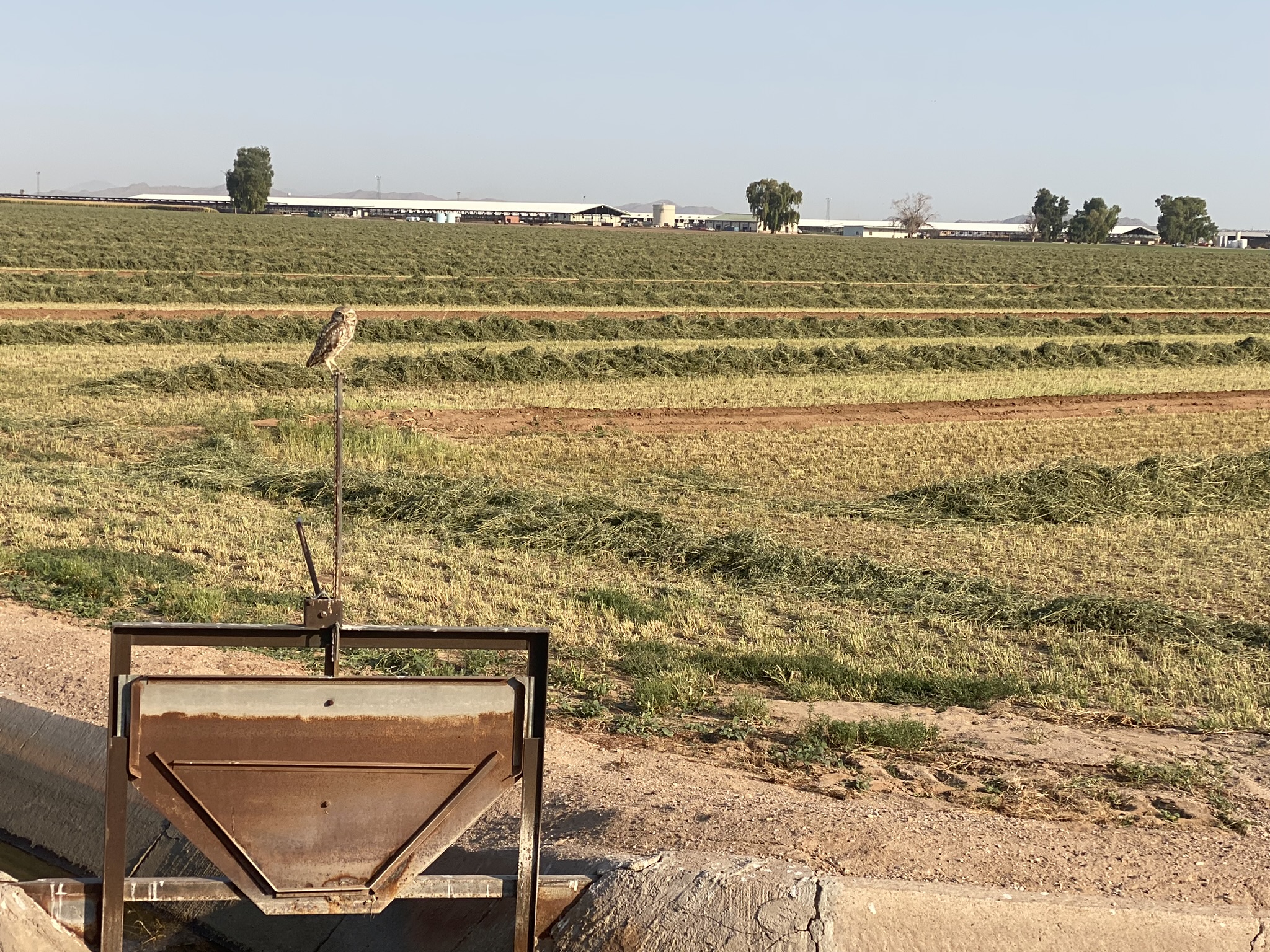- About
- Key Issues
Labor & Rural Policy
Sustainability
Animal Health
Nutrition & Food Safety
Labeling & Standards
- Programs & Resources
- Advocacy
- News
- Membership
- Events
- Stay Informed
- Contact
Casa Grande Dairy Co.
Casa Grande, AZ

The dairy industry has historically relied on skilled immigrants to make up for labor shortages in rural America. Getting milk to market and caring for the daily needs and health and wellbeing of our cows is hard work that never stops.
With renewed national attention on border security and immigration enforcement, farmers nationwide are wondering if they could be affected. Arizona dairy farmer Jim Boyle says solving illegal immigration needs to be paired with meeting agriculture’s workforce needs.
“The president is right about securing the border, but any enforcement action needs to go hand-in-hand with a labor reform package,” said Boyle, co-owner of Casa Grande Dairy Co., a 3,600-cow operation in Casa Grande, and chairman of the NMPF Immigration Task Force.
Boyle first got involved with federal policy in 2011. He has seen many iterations of immigration reform come and go, but he is confident there is a “fair and workable solution” that will allow for both seasonal and long-term agricultural workers. In the short term, President Trump’s direction last week for federal law enforcement to put a hold on actions at farms, meatpackers, restaurants and hotels, since reversed, was a positive step, Boyle said. Longer-term, agriculture still needs a solution that lessens anxieties not only for the farmer and the worker but also for the future reliability of the food supply that the administration is trying to protect.
Regional variation is one of the many challenges farmers currently face in understanding how to react to workforce concerns, Boyle said. U.S. Immigration and Customs Enforcement, commonly known as ICE, is a federal agency, but regional discrepancies exist in enforcement, he said.
“Every state has a slightly different focus,” he said.
Frequent communication among producer associations helps keep track of regional differences and gives context for state associations as they talk to their own state legislators, said Boyle, president of the Western States Dairy Producers Association and vice chair of his cooperative, United Dairymen of Arizona.
“It does help to have relationships with state legislators, for all the lobbying happening at the state level” he said.
But all these state and regional differences could also be helped with better federal laws.
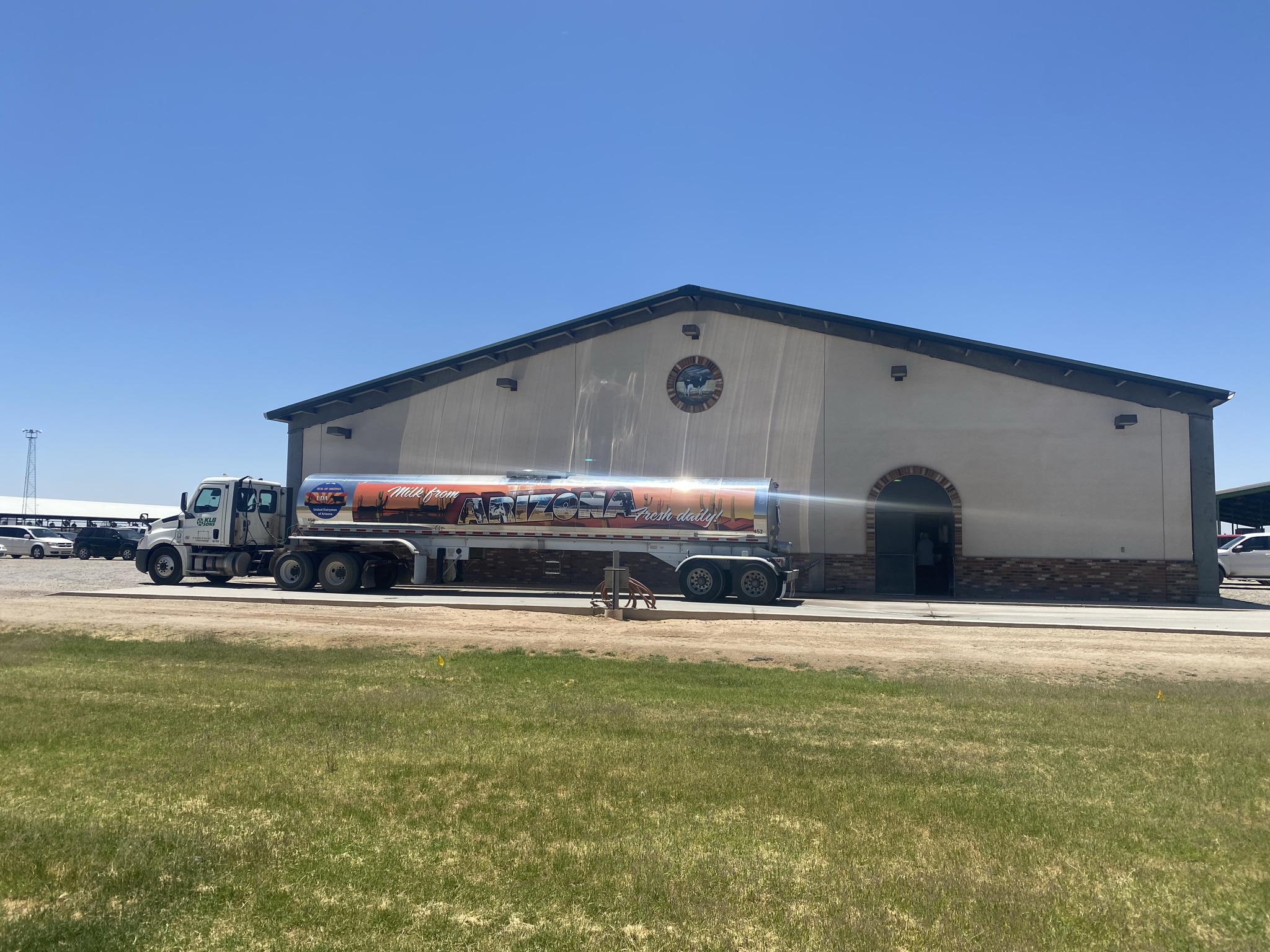
“Everyone’s documented. Everybody,” Boyle said when asked about undocumented workers on dairy farms. “I don’t like to use the term ‘undocumented’ because we collect all the required documents from all our workers, and so do all the other dairy farmers I know.”
But a certain percentage of agriculture workers on farms all over the country may use documentation that’s inaccurate, yet still can appear authentic enough to pass extra verification measures, like E-Verify. And that adds risk for both dairy owners and their employees, he said.
Aggressive immigration enforcement has had dairy farmers concerned about their ability to milk cows 365 days a year without interruption. And even if worksite enforcement operations ceased, dairy farmworkers could still get involved in investigations elsewhere. Dairy farmworkers caught up in immigration enforcement actions in New York and Vermont this spring have garnered national attention and highlighted the need for ag labor policies that are practical for dairy.
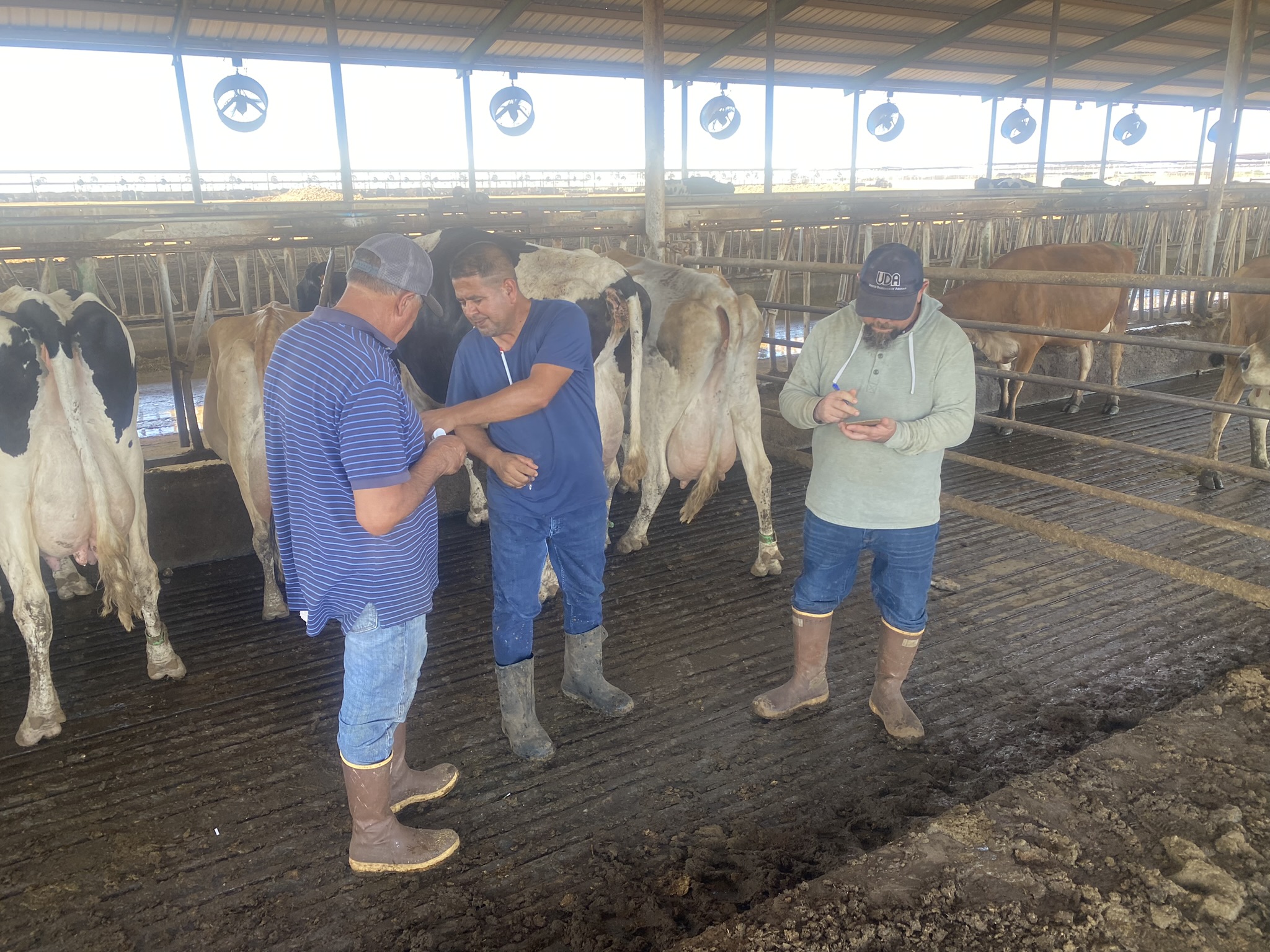
Dairy farmers cannot lose their current workers without the threat of first and foremost causing severe distress for the lactating cow. If the cows cannot be milked, the end result is the loss of the cow, the farm, and soon after a significant negative impact on the rural economy. With the current uncertainty in immigration policy, that risk is a real anxiety for farmers, Boyle said.
One example: Dairy farmers do not have adequate access to any viable visa to bring workers. The most common existing program, the H-2A farmworker program, only provides for seasonal labor rather than the year-round workers dairy needs. NMPF has advocated for improvements or alternatives to the H-2A program so that dairy can have a reliable workforce.
Any solution to this problem must allow workers to stay longer than the seasonal H2-A currently allows for, and it must also have a pathway for existing workers to stay in their current job while they legalize their work status, Boyle said.
Boyle supports creating a new type of visa for dairy, but he also recognizes that some of the details would still need to be worked out, like whether the visas would include spouses or families. Because of dairy’s unique skillset and the lack of domestic labor force that has that skillset, Boyle said that a three-year (or other long-term) visa must be a part of the solution.
“You can’t just get someone trained to your specific facility in six months and then they’re gone and you start the process over again,” he said. “That kind of short-term system doesn’t work for dairy.”
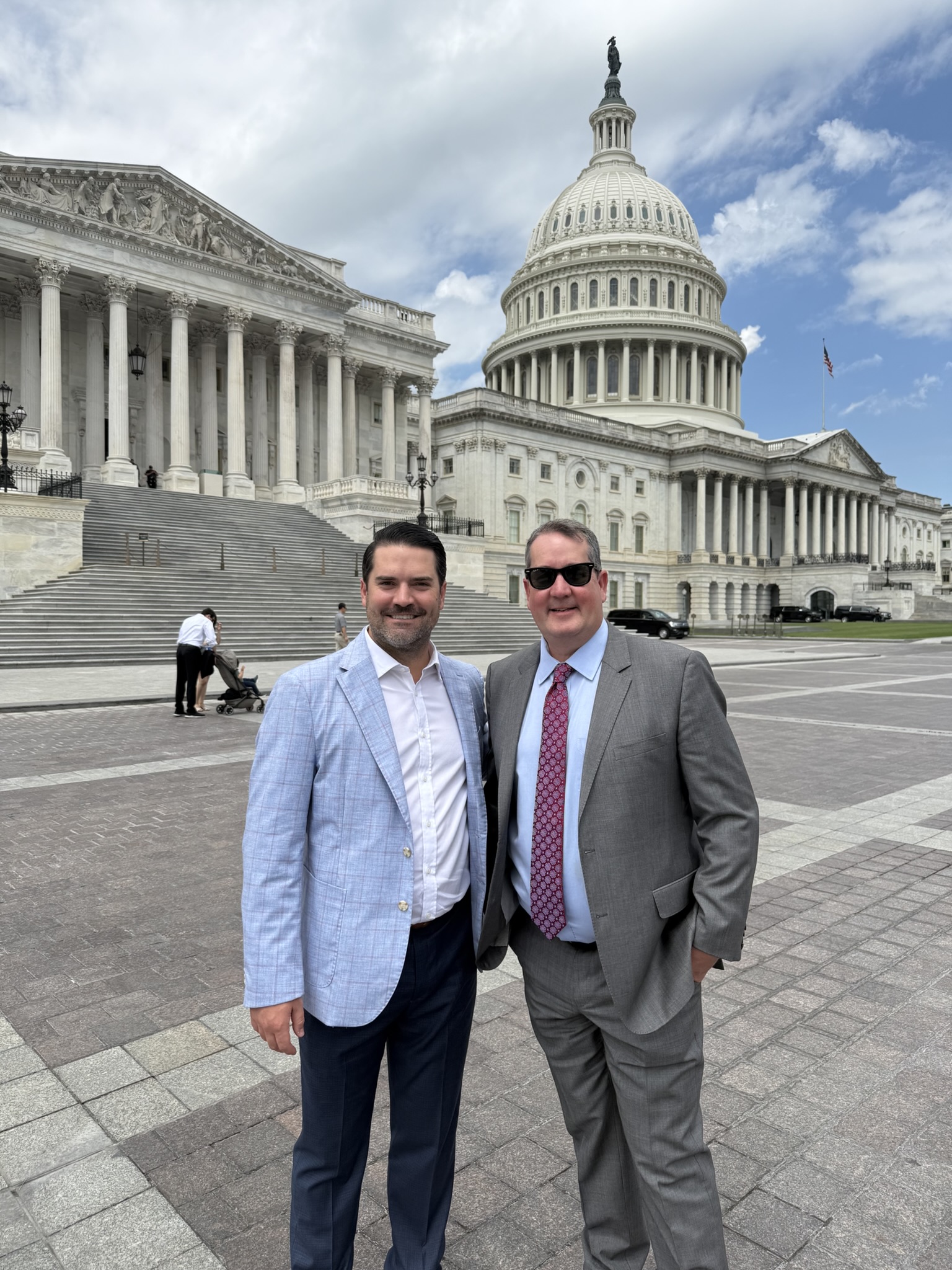
The dairy industry has one of the most stable workforces compared to most other agriculture sectors. Dairy pays well, provides stable work, and has benefits like housing, health care, and vacation. In Arizona, about 80% of the dairy workers are long-term employees who enjoy working with cows and like working on dairies, Boyle said. Turnover in those positions is low. The other 20% of workers tend to stay for a shorter amount of time.
“Those employees require a lot more training because they’re coming at it oftentimes without having milked a cow before or driven a tractor in the way that we need to drive a tractor,” he said. “What we hope is that once you properly train people, they understand the importance of it, and then they’re a little more likely to be invested in the job and, hopefully, stick around longer.”
Boyle said he has seen the benefits of that kind of investment at his operation. Between the feedlot and the dairy farm, Casa Grande Dairy Co. employs about 50 people. Employees at Casa Grande receive both hands-on training and video training, and Boyle said that standardized training has “come a long way” for everyone in the co-op.
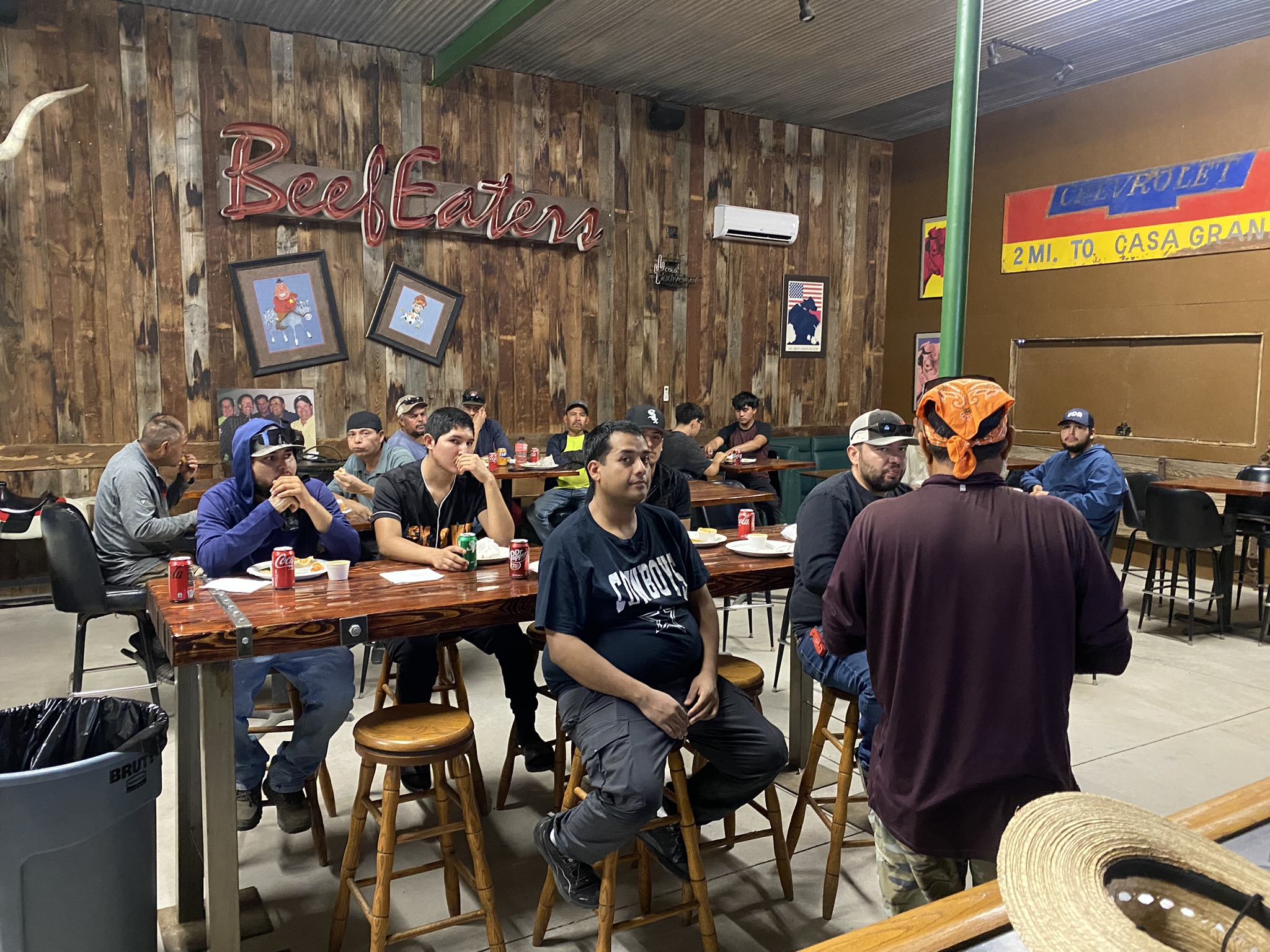
The farm itself is doing well, Boyle said. His employees have been steady, his cows have been healthy, and he’s had strong yields for his alfalfa and silage crops.
And despite uncertainty about the agriculture workforce, Boyle said he is hopeful about dairy’s future.
“Dairy has a lot going for it right now,” he said. “With the new FMMO changes taking effect and the Whole Milk for Healthy Kids Act progressing in Congress, there’s a lot of positive momentum for dairy. Now we just need to take some of that momentum and finally get the labor reform we’ve been pushing for.”
Learn more about NMPF’s positions on Labor and Immigration Reform here.
